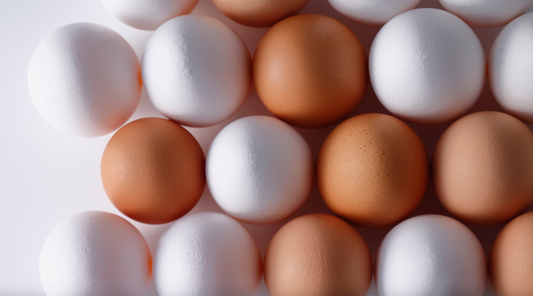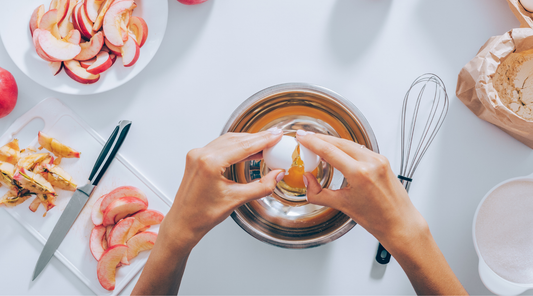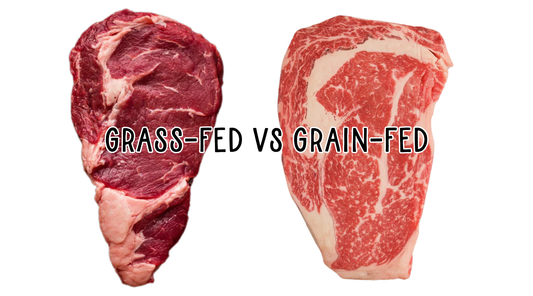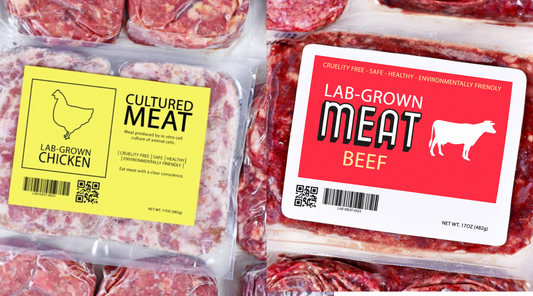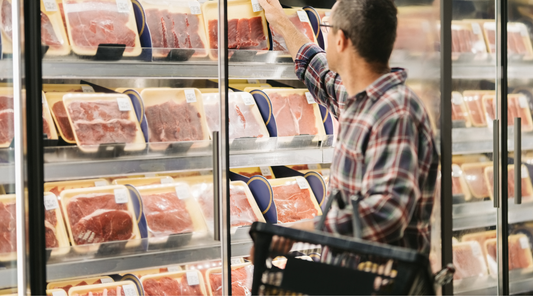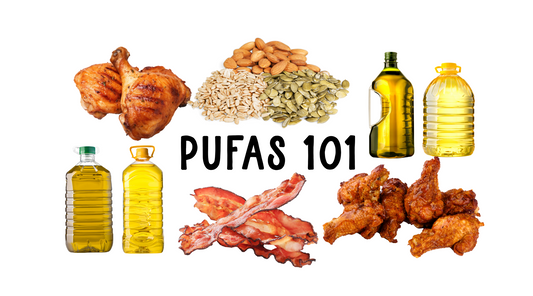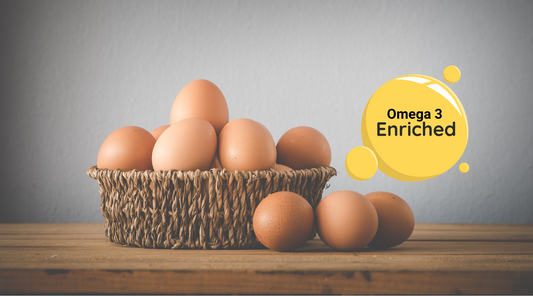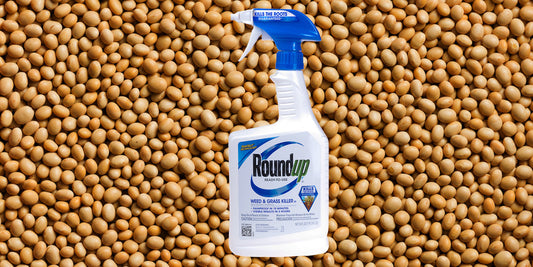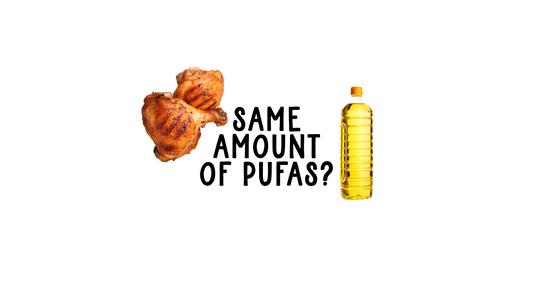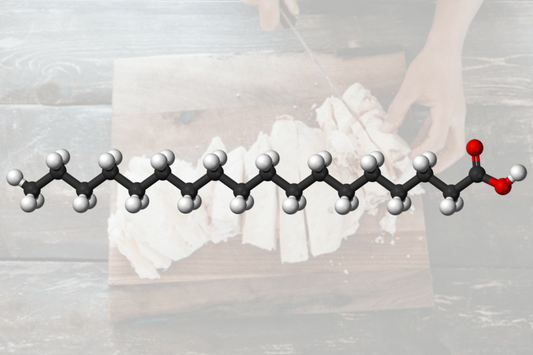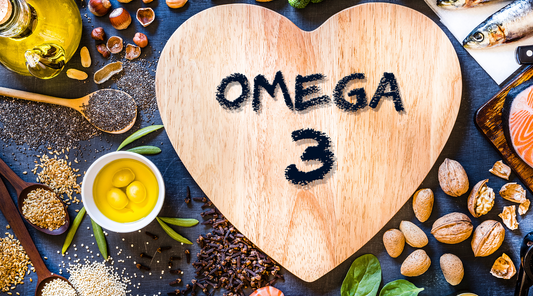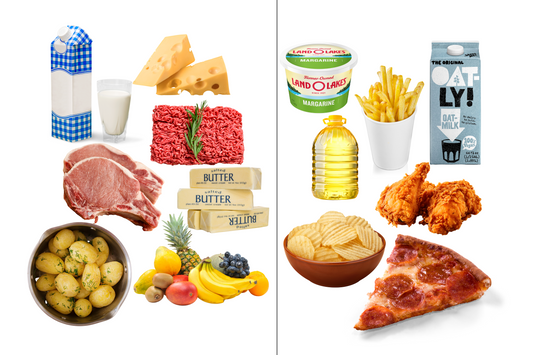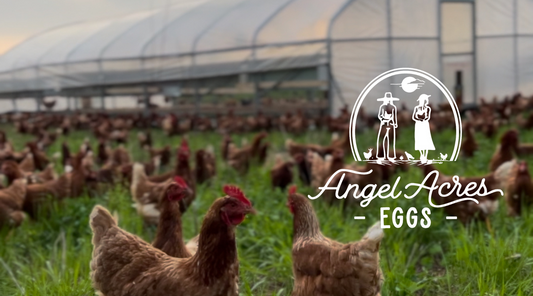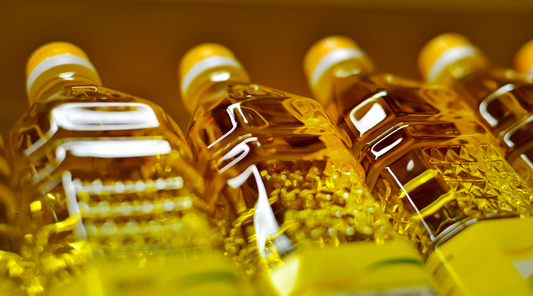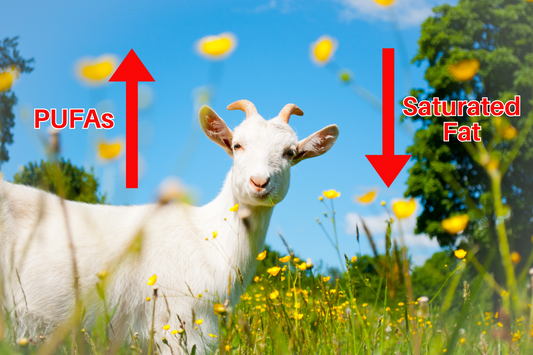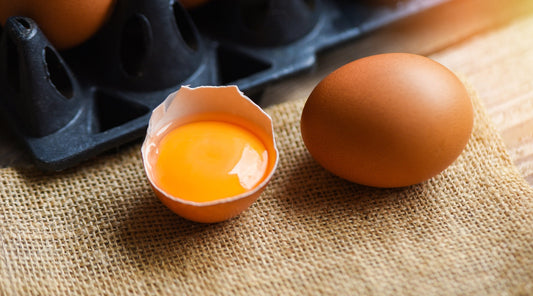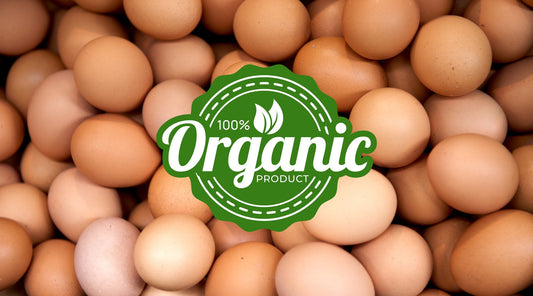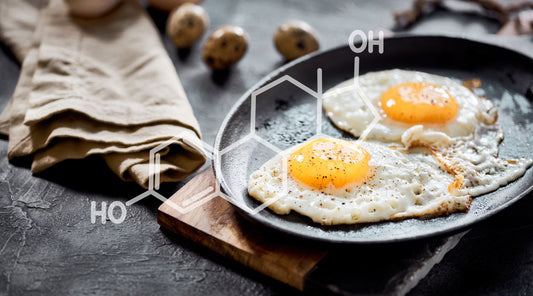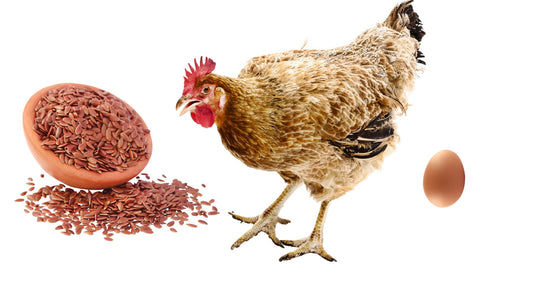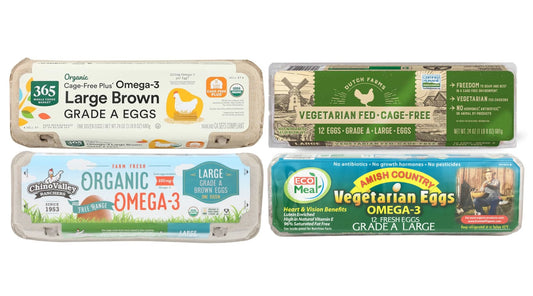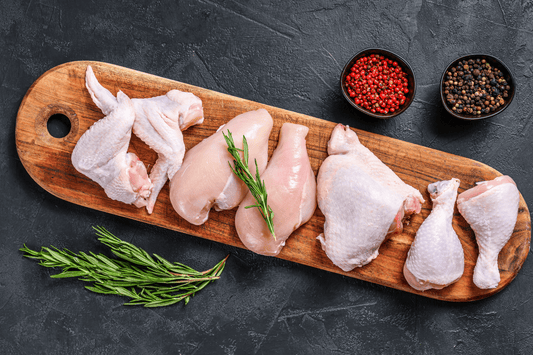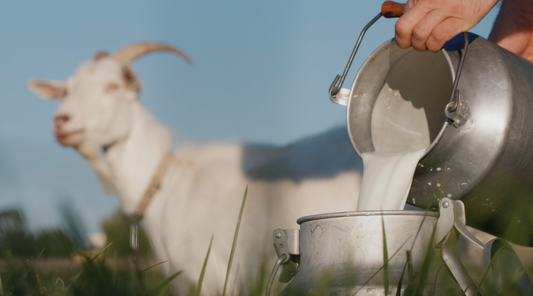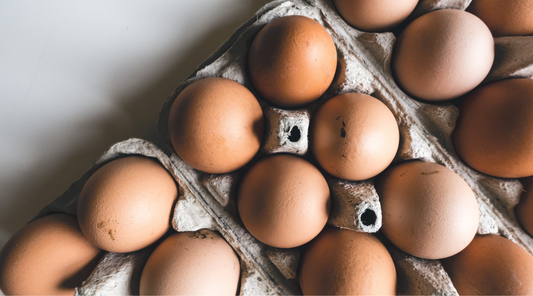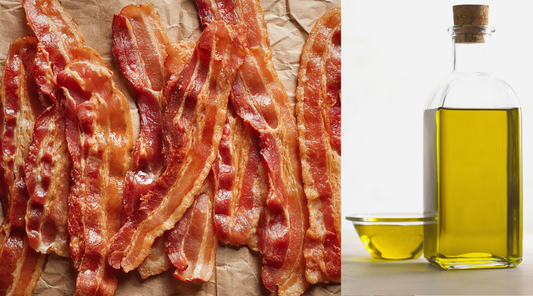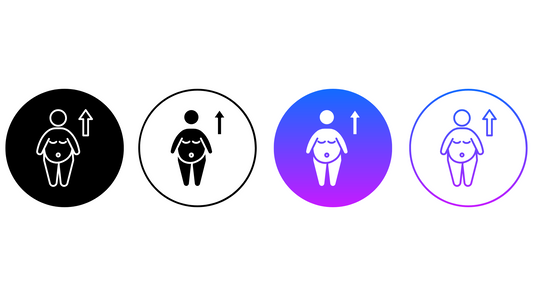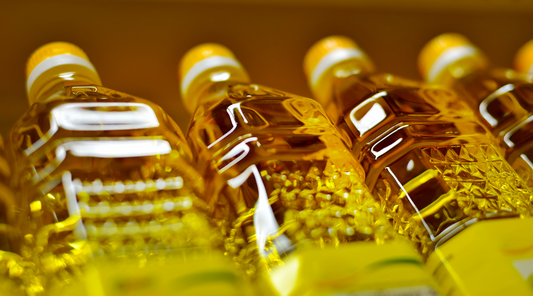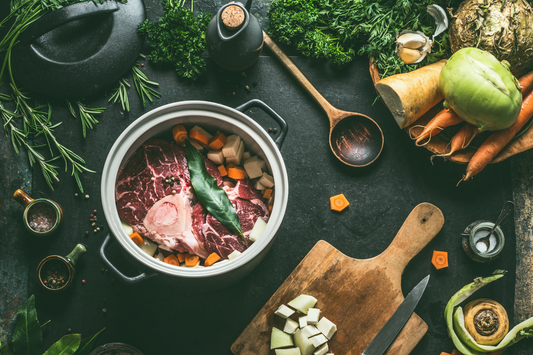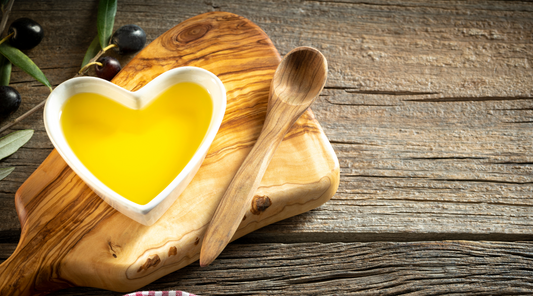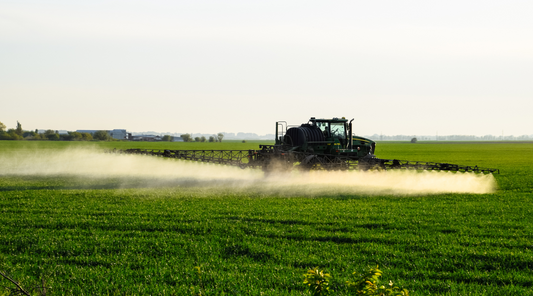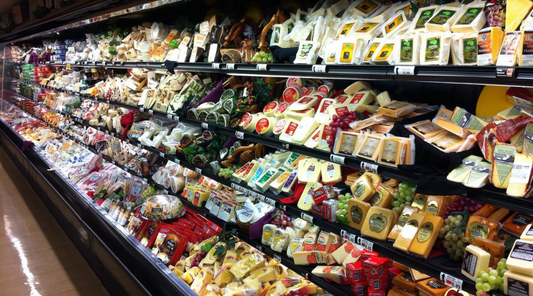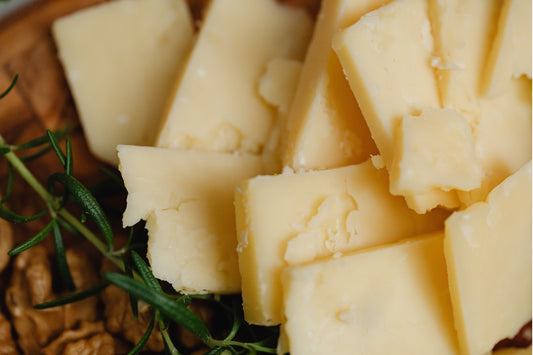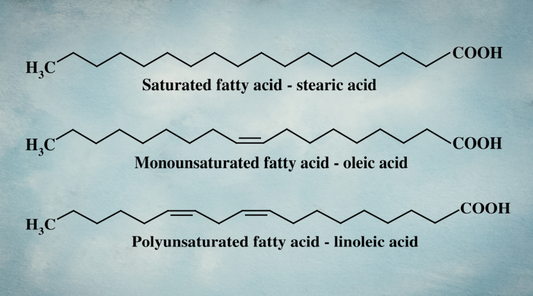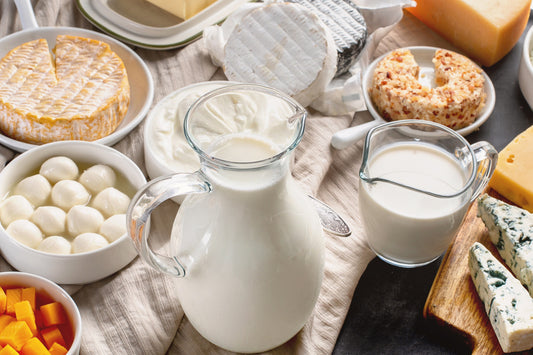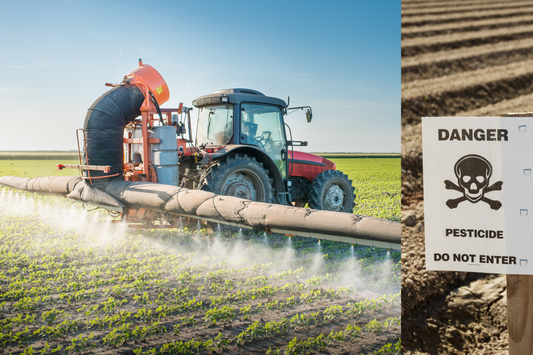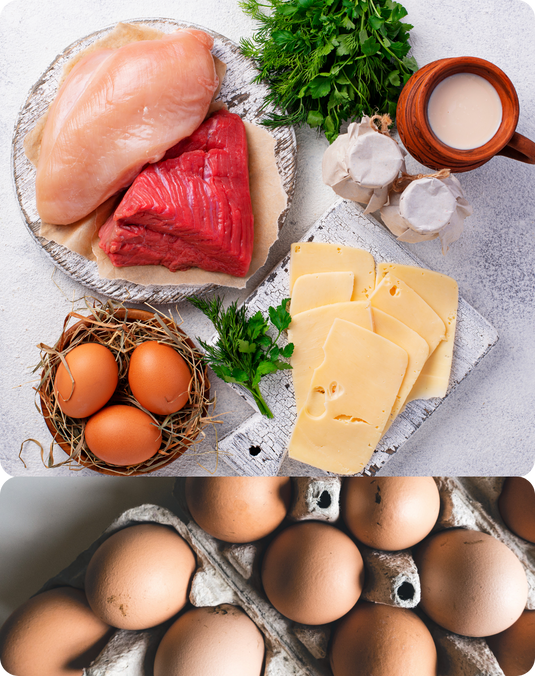
Is Your Produce Coated in Seed Oils? What to Know About Apeel
Most people know there are issues with modern conventional produce, but the problems go deeper than just pesticide residue.
Fruits and vegetables today are often grown on massive industrial monocultures: fields spanning thousands of acres, each devoted to a single crop. Mother Nature doesn’t work like that.
This lack of biodiversity invites pests, which leads to a heavy reliance on synthetic herbicides, fungicides, and pesticides just to keep crops alive. These chemical inputs don’t stay on the farm: they leave residues on food, and over time, some may accumulate in the human body, raising concerns about long-term health effects.
Beyond that, much of today’s produce is grown out of season, made possible by artificial growing environments, global distribution, and long-term cold storage. Produce is often harvested unripe, shipped thousands of miles, and stored for weeks before ever hitting the shelf, all of which can reduce both flavor and nutrient content.
Hydroponics, a method of growing plants without soil using nutrient-rich water, is also common. While hydroponics may sound modern and efficient, they raise red flags when it comes to nutrient density and soil health. In the U.S., hydroponically grown produce can even be certified organic, a controversial policy since true organic farming is deeply rooted in soil stewardship.
Some studies show that hydroponic vegetables may contain lower levels of certain nutrients than their soil-grown counterparts. It’s also kind of a slap in the face when it comes to ‘regenerative agriculture’ because if plants aren’t grown in soil… are we really improving the environment? Or further isolating ourselves from Nature in weird hydroponic systems?
But one issue flies under the radar more than any other: post-harvest coatings.
Even after harvesting, your produce might be washed, waxed, and coated with synthetic emulsifiers or shelf-life extenders, and you may never know it.
What Are Post-Harvest Coatings?
Post-harvest coatings are thin layers of man-made formulations that are commonly applied to fruits and vegetables after harvest to extend shelf life, reduce moisture loss, and improve appearance. While not used on every item, most conventional grocery store produce (especially apples, cucumbers, citrus, and bell peppers) is coated with waxes or synthetic films before reaching store shelves.
Some of these coatings come from natural sources, like carnauba wax derived from palm leaves. Others, however, are petroleum-based, such as paraffin or polyethylene wax, which are still considered “food-grade” and approved by the FDA.
The concern isn’t just the wax itself. These coatings often contain additional additives:
-
Morpholine: An emulsifier that can react in the stomach to form N-nitrosomorpholine (NMOR), a known carcinogen. (ref) Banned in the EU, but still allowed in the U.S.
-
Preservatives and surfactants to enhance texture, shine, and shelf stability.
To avoid petroleum-derived wax coatings and synthetic additives, certified organic produce is usually the safest choice. Organic standards require that all wax components be non-synthetic and approved for organic use.
Then Came Apeel
Apeel is a newer, plant-based post-harvest coating designed to serve the same purpose as traditional waxes: preserve freshness and reduce spoilage. Backed by the Bill & Melinda Gates Foundation, Apeel has gained significant attention and has even been approved for use on both conventional and organic produce.
There are two versions:
-
Apeel: Used on conventional produce
-
Organipeel: Approved for certified organic produce
Both coatings are made from mono- and diglycerides derived from seed oils, such as grapeseed, canola, safflower, or sunflower oil. These emulsifiers make up about 99% of the coating, with 0.66% citric acid listed as the active antifungal ingredient in Organipeel.
However, the formulation is considered a trade secret, so trace ingredients aren’t publicly disclosed.
But the main ingredient, mono- and diglycerides, are where major concerns arise…
What Are Mono- and Diglycerides?
Mono- and diglycerides are emulsifiers created by combining glycerol with fatty acids from plant oils. The issue? Depending on the processing method, these emulsifiers can contain trans fats, a substance banned from food products in the U.S. in 2018.
However, because mono- and diglycerides are “classified” as emulsifiers (not fats), they aren’t subject to trans fat labeling laws. This means trans fats may still be present in Apeel without appearing on nutrition labels.
Classic example of one of the loopholes in food labeling regulations!
PUFA Oxidation Risk
Since the fatty acids in Apeel coatings come from high-PUFA seed oils, and these oils are heated during processing, there’s significant concern about the formation of lipid oxidation products (LOPs) like glycidyl esters and 3-MCPD. (ref)
Since the starting material is high PUFA oil, and it’s heated to high temperatures, and the final product retains some of the original fats, there is a strong possibility that oxidation products can form during processing…
These compounds are:
-
Pro-inflammatory
-
Disruptive to mitochondrial function and metabolism
-
Potentially carcinogenic
Studies show that heating mono- and diglycerides to high temperatures (150–300°C) during production can produce these toxic byproducts. (ref, ref, ref)
Despite claims of safety, no independent data has been shared by Apeel to confirm the absence of these contaminants in the final product.
And because these coatings are designed to stay on the fruit, you’re ingesting them…often unknowingly.
A Regulatory Loophole: GRAS
Apeel is classified as GRAS (Generally Recognized As Safe) by the FDA. But this designation allows companies to bypass the FDA’s pre-market approval process, conducting their own safety reviews without oversight or transparency.
In theory, GRAS is reserved for ingredients with a long history of safe use (like vinegar). But in practice, it’s become a regulatory loophole. Over 1,000 food additives have entered the market this way.
And here’s the catch: companies can self-declare a substance as GRAS without ever notifying the FDA or submitting any safety data. No third-party testing. No public transparency. Just the company deciding its product is safe.
That’s how Apeel was introduced to the market: with no FDA approval, no public safety data, and no labeling requirements.
Labeling Transparency (or Lack Thereof)
Unlike food-grade waxes, which are occasionally labeled on signs nearby in produce aisles (e.g., “May be coated with food-grade wax to maintain freshness”), Apeel coatings often go entirely undisclosed. There is no requirement for produce coated in Apeel to be labeled as such.
So, unless a store voluntarily discloses Apeel’s use, you likely won’t know it’s on your produce.
What About Organic?
The organic version, Organipeel, has been approved for certified organic produce in the U.S., but that approval has sparked controversy. It was registered as a fungicide, not a post-harvest coating, creating a gray area in organic compliance.
Its ingredients include:
-
99.34% Mono- and diglycerides
-
0.66% Citric acid (usually derived from mold-based fermentation using GMO feedstock)
-
Other proprietary ingredients, which are not publicly disclosed due to trade secret protections
Critics argue that its use violates the spirit of organic farming, especially since the production involves refined seed oils and microbial fermentation.
Why It Matters
When food coatings are made from seed oils, produced via high-heat processing, and left unlabeled on the food we eat, we have a right to ask questions. Especially when these coatings may contain lipid oxidation products, unknown and undisclosed ingredients that can disrupt our health over time.
Unfortunately, no long-term safety studies have been done on the effects of consuming Apeel over time. Without transparency, we’re left in the dark.
What Can You Do?
It’s more important than ever to know where your food comes from, since compounds like these can build up over time and potentially cause harm. My biggest concern is the likelihood of consuming oxidized PUFA byproducts from coatings like Apeel, which are made from seed oils and processed at high heat, a condition known to oxidize these unstable fats.
So, how can we avoid these unknown, weird coatings?
-
Buy from farms you trust: Local, regenerative farms are your best bet.
-
Ask your grocer if they carry produce coated with Apeel or Organipeel, or other synthetic wax coatings
-
Choose retailers that have publicly rejected Apeel, including:
-
Costco
-
Publix
-
Natural Grocers
-
Sprouts
-
Erewhon
We don’t need man-made coatings to preserve fruit. We need transparency, reconnect with seasonal eating patterns, improved soil health, and real food grown the old-fashioned way.
When in doubt, trust Mother Nature.
No APEEL at Nourish
Shop chemical-free, nutrient-rich produce with no Apeel coating, conveniently delivered.





